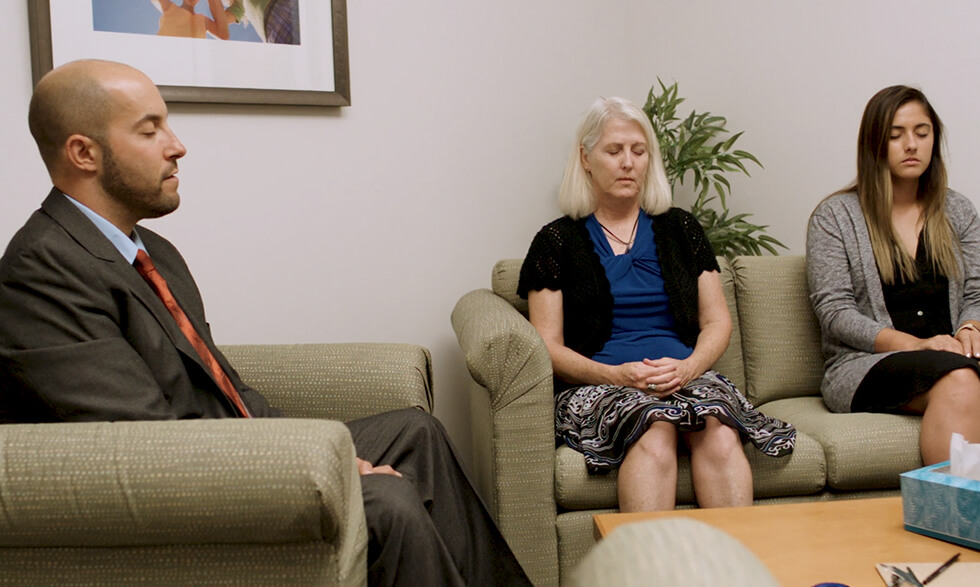
Last updated on July 16th, 2024 at 11:40 am
Twenty-six years. That’s how long Eric Garland, Ph.D., LCSW, has practiced mindfulness, a complementary health practice that includes focused attention, acceptance, and staying in the present.
For the last 15 years, this passion has fueled Dr. Garland’s practice as a clinical social worker. He’s also applied mindfulness to his scientific research. A mindfulness technique he developed, known as Mindfulness-Oriented Recovery Enhancement, or MORE, has already shown promise for people with chronic pain who use opioids.
Dr. Garland and his team have researched MORE in a wide range of conditions, including low back pain, fibromyalgia, arthritis, headache, and gastrointestinal (GI) pain, as well as addiction. Over the past decade, their studies, supported by the National Institutes of Health, have focused on how mindfulness can help those with chronic pain reduce their dependence on opioids—and their feelings of pain.
MORE in practice
MORE is usually combined with traditional treatment in community health and doctor’s office settings. For example, a patient with low back pain meets with a primary care provider to review medication needs, and then a social worker delivers the mindfulness treatment right in the primary care clinic. Results have already shown a 32% reduction in opioid dose and a 63% reduction in the number of patients who misuse opioids. There has also been a 50% reduction in opioid cravings, as well as a 22% decrease in pain-related impairment.
A key part of MORE is focusing on what patients actually want from their treatment.
“Our approach has always been, we don’t preach to people, and we don’t try to push them,” Dr. Garland says. “We meet them where they are at. If a person is ready to change the way they use opioids, then we want to support them.”
‘Zooming into’ pain
So how does mindfulness work to reduce pain? There are two techniques that Dr. Garland and his colleagues use as part of MORE.
“We also teach people how to use mindfulness to reclaim a sense of healthy pleasures, joy, and meaning in life, in spite of pain.”
– Eric Garland, Ph.D., LCSW
“One is teaching patients how to use mindfulness to ‘zoom into their pain,'” he notes. “For example, asking a patient to focus in and to break down the experience of pain into sensations of heat, or tightness, or tingling. And then to notice whether the pain has edges, whether it has a center, and to notice the spaces in between the sensations.”
The other part includes focusing on a sense of pleasure and joy. For instance, savoring the beauty of a sunset, smell of a rose, joy of connection, or sense of purpose that comes from a job well done.
“We also teach people how to use mindfulness to reclaim a sense of healthy pleasures, joy, and meaning in life, in spite of pain,” Dr. Garland says. “What the data show from multiple studies now is that this is actually happening in the brain and body.”
A real picture of opioid use
Dr. Garland likes to remind his patients, and others who use opioids for chronic pain, not to feel embarrassed or nervous about getting support.
“The stigma is, taking opioids you must be an addict, and actually the picture with prescription opioids is much more complicated,” he says. “Patients are prescribed opioids from their physician, and the overwhelming majority are not setting out to abuse drugs or become addicted. They are just taking the medication as prescribed. But in some cases, patients can begin to develop the habit of not only using the opioids to alleviate physical pain but also to alleviate emotional pain, which can lead to future problems.”
